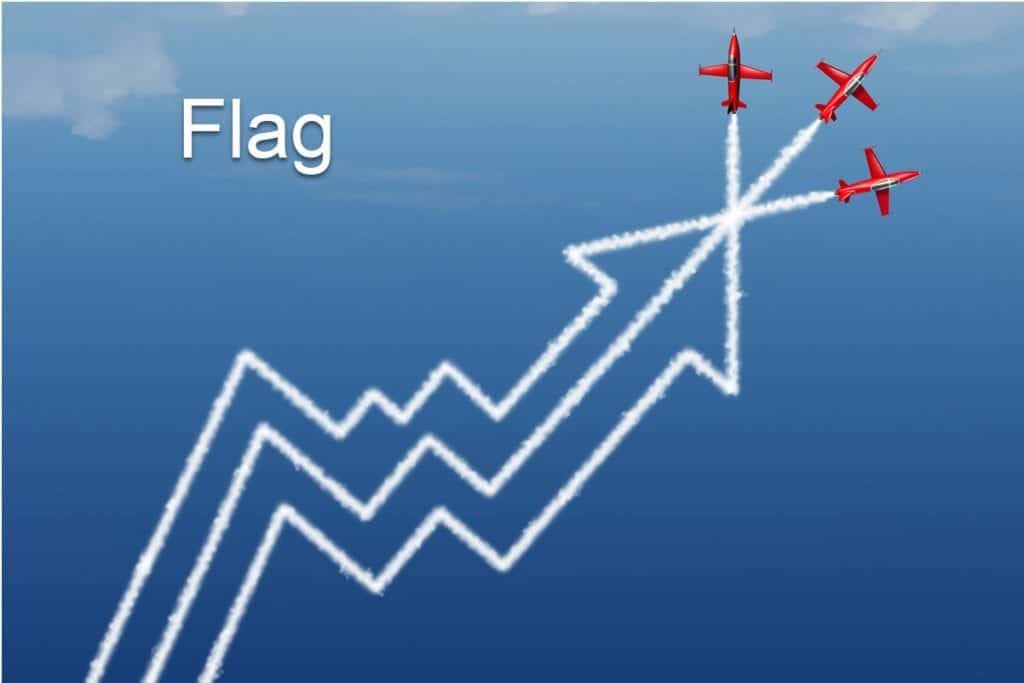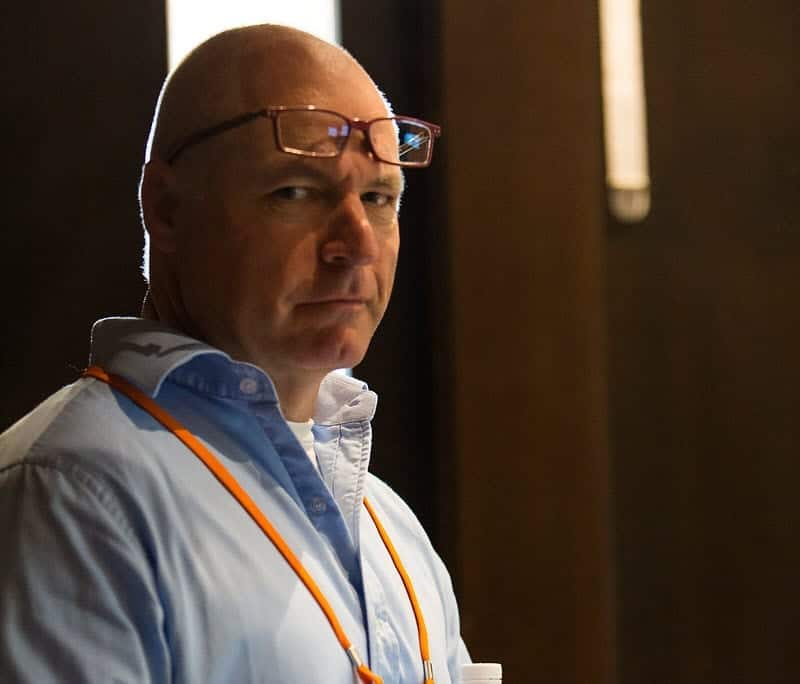
Bridging The Performance Gap
We all live in our own pools of logic. When it comes to trading, much of that logic is driven by emotion.
And, in my humble opinion, it’s emotion that differentiates the successful traders to those that are still finding their way.
For example, we’ve released the new ASX Momentum strategy and have discussed its merits HERE.
Some of the emotionally driven logic that has come across my desk include:
“The strategy is having it’s best year in over 13 years. I’d expect that it will revert to the mean soon so I don’t want to invest just yet.”
The best year just keeps getting better – adding +16.8% so far in December.
Waiting for a drawdown to enter a strategy is logical but it can also be self-defeating. What if market fundamentals are such that equity prices are in the midst of a multi year bull market? We have zero interest rates. Money flows to the highest return assets, currently equities and property. A vaccine is just around the corner and consumers will go hard with almost ‘free’ money. This is not just in Australia – it’s global. Broad market participation is very bullish for a reason.
So the emotion here is fear. The fear of starting to trade the strategy and it goes into drawdown. Could that happen? Of course. But so what? We know drawdowns happen – we just don’t know when. But what we DO know, with 100% certainty, the strategy will get us out and limit the damage. That was proven during the GFC and again this year as COVID took hold.
Another question I received…
“Can we use options with this strategy?”
Hold on…what?
I’ve never understood the logic of taking a perfectly robust strategy, based on extensive research, with a CAGR of 22% and then throwing the great complexity and unknowns of options into it.
Why not trade the strategy as it’s designed? Will adding options really add that much more value to the bottom line? Is there something inherently wrong with generating a CAGR of 22% for doing next to zero thinking or work?
The emotion at play could be greed. It may also be a fixation on trading a specific instrument.
I see that a lot. “I want to trade FX.” “I want to trade options.” “I want to trade CFDs.” “I want to trade the E-mini.”
How about trading for a profit? Isn’t that the prime objective?
In summary, once you have a strategy and understand how it works, that it has a mathematical edge, then you’ve simply got to apply it. You can smooth the journey by adding other strategies.


